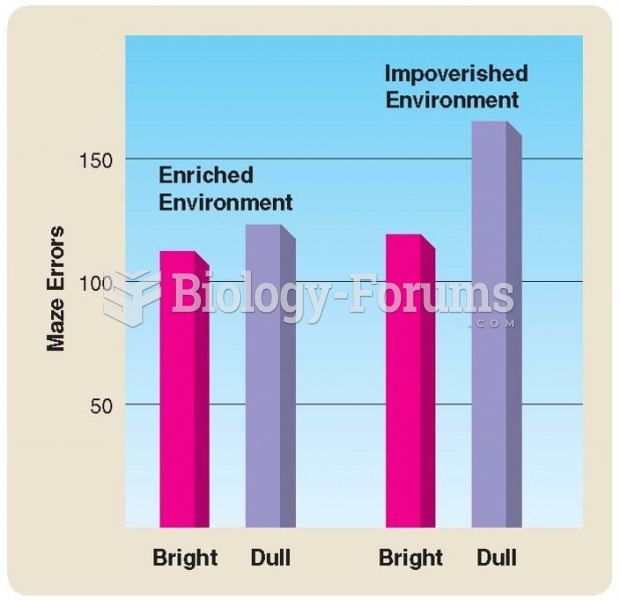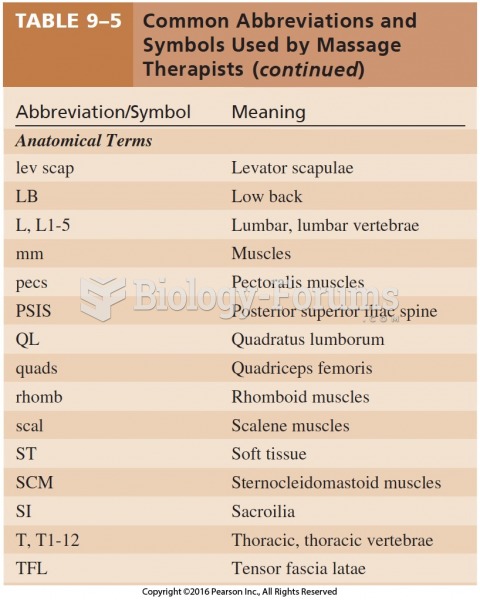Answer to Question 1
a
Answer to Question 2
Until recently, many large Japanese corporations guaranteed their workers permanent employment after an initial probationary period. Thus, Japanese employees often remained with the same company for their entire career, whereas their American counterparts often changed employers every few years. Likewise, Japanese employers in the past had an obligation not to downsize by laying off workers or cutting their wages. Unlike top managers in the United States who gave themselves pay raises and bonuses, even when their companies were financially strapped and laying off workers, Japanese managers took pay cuts. When financial problems occurred, Japanese workers were frequently reassigned or retrained by their company. According to advocates, the Japanese system encourages worker loyalty and a high level of productivity. Managers move through various parts of the organization and acquire technical knowledge about the workings of many aspects of the corporation, unlike their
U.S. counterparts, who tend to become highly specialized. Clearly, permanent employment has its advantages for workers. They do not have to worry about losing their jobs or having their wages cut. Employers benefit by not having to compete with one another to keep workers. Quality circles have been praised for creating worker satisfaction, helping employees develop their potential, and improving productivity. Although many Japanese corporations have used quality circles to achieve better productivity, many U.S.-based corporations have implemented automation in hopes of controlling the quality of their products.







